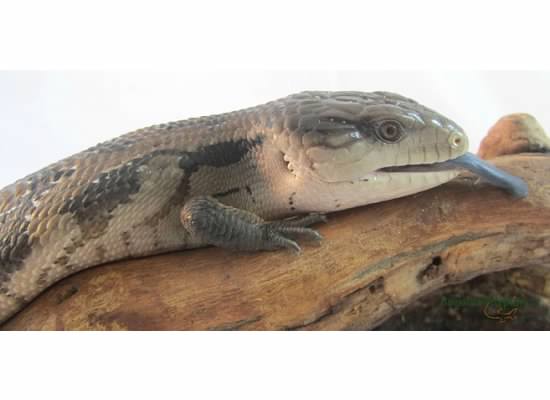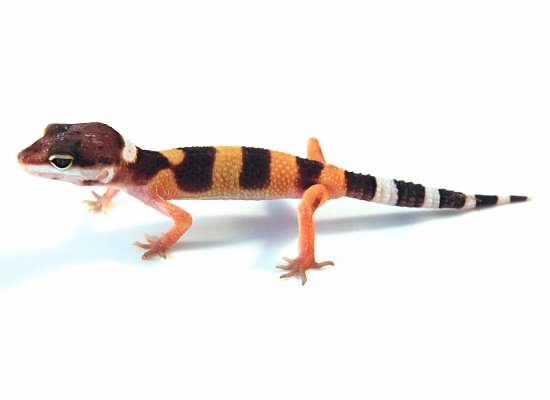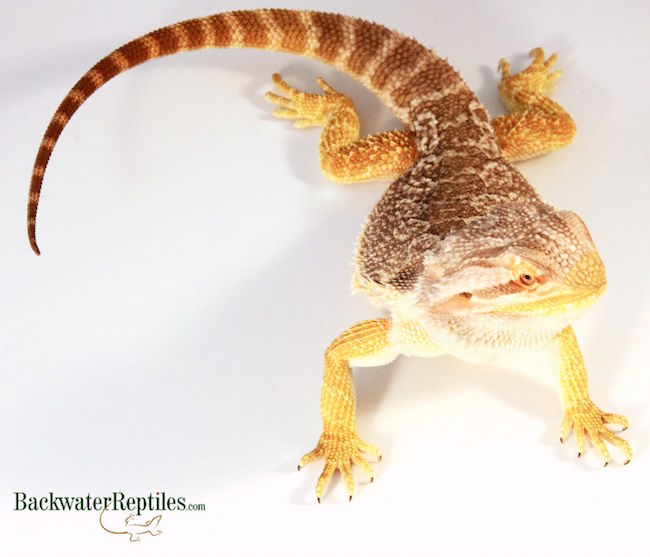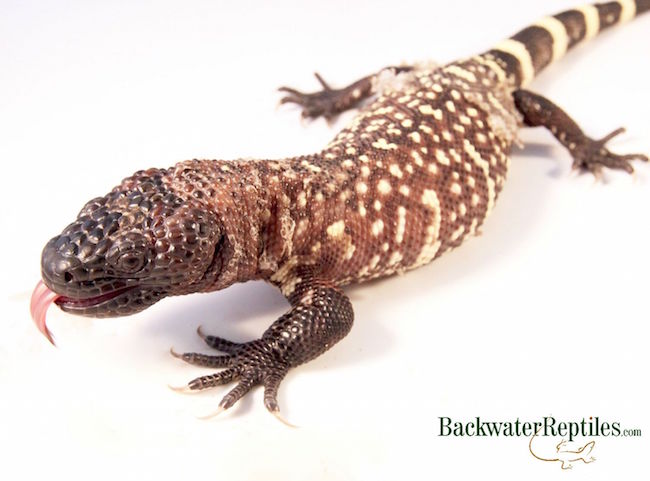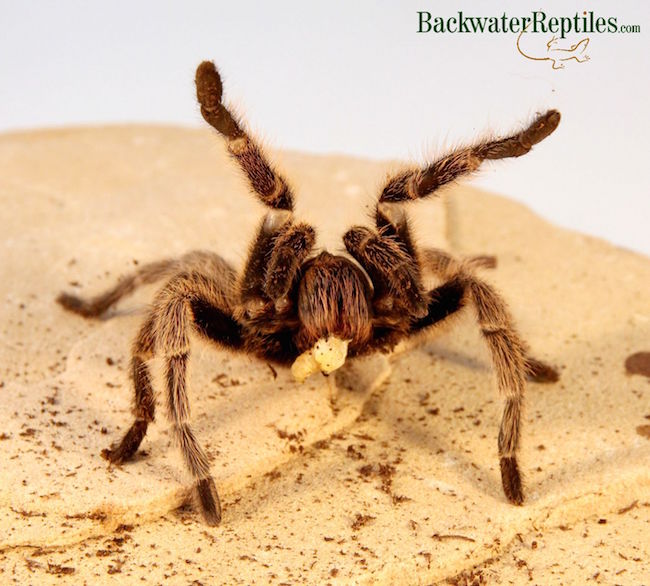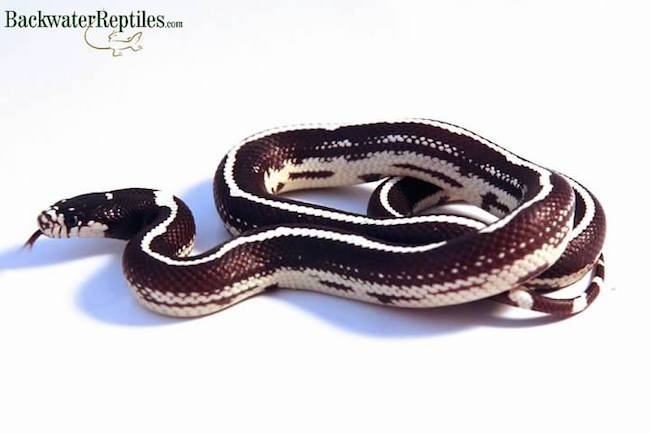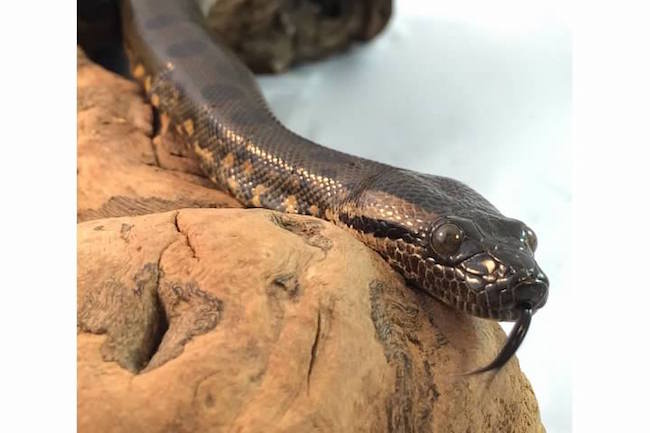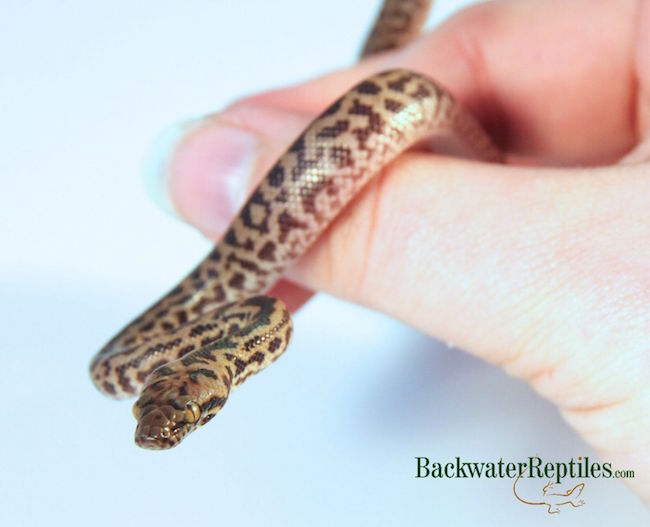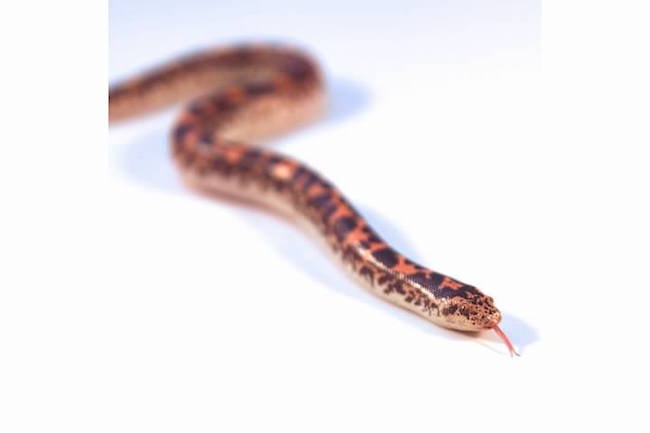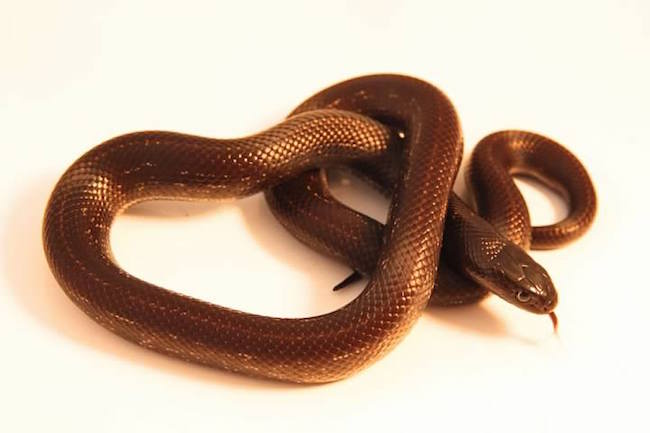Would you like to know which species make the most docile pet lizards? While its true that lizards are not considered domesticated animals, many species are friendly and don’t mind being handled and interacting with their owners. This blog post is about the top five pet lizards we have found to be the most docile in our own experiences.
#5 Most Docile Pet Lizard:
Red, Yellow, and Egyptian Uromastyx Lizards (Uromastyx geyri/aegypticus)
There are many species of Uromastyx or Spiny-Tailed Lizards. At Backwater Reptiles, we’ve found that the readily available yellow and red Nigers are some of the friendliest, as well as Egyptian uromastyx.

Obtaining sizes between ten and eighteen inches in length, these lizards are pretty active and enjoy grazing and roaming their enclosures, so be sure to give them a reasonably spacious enclosure. Egyptian uros reach huge sizes, of 18-24 inches, making them impressive pet lizards.
Feed your Uromastyx leafy greens with the occasional cricket or superworm as a treat. Uros are hearty eaters and some will even become tame enough to eat from your hand.
#4 Most Docile Pet Lizard:
Green Iguana (Iguana iguana)
Most people don’t realize that smaller Green Iguanas can be a bit squirrelly and skittish. This is totally normal and if you handle your lizard enough and socialize it, as it grows it will become very docile. Large iguanas can be trained to walk on a leash, be potty trained, and will usually be comfortable sitting on their owner’s shoulders.
For the most part, iguanas are vegetarians and should be fed a plant-based diet. However, they will eat protein, although we don’t recommend feeding them insects or other more traditional meat-based food items on a regular basis.
Green Iguanas grow quite large and will reach adult lengths of five to seven feet, so be prepared to maintain a very large enclosure. Also, keep your pet iguanas claws trimmed as they can get sharp.
#3 Most Docile Pet Lizard:
Blue Tongue Skink (Tiliqua sp.)
Blue Tongue Skinks or “Blueys,” as they are affectionately known, are super relaxed pets. Their stumpy legs and sausage-shaped bodies make them slow animals, so picking them up and handling them is very straight forward.
Blueys are burrowers, so a very important care requirement for these guys is a substrate that allows for this behavior safely. They should have a hiding spot above their substrate as well, just be sure that it’s not heavy as you don’t want your bluey to burrow underneath and have its hiding place squash or injure the lizard.
Starting with a baby Blue tongue skink is generally recommended, as it can form a bond with you over time, rather than having to adapt to you after years of established routines. However, even adults and recently imported Blue tongues tend to be very calm.
#2 Most Docile Pet Lizard:
Leopard Gecko (Eublepharis macularis)
These little insectivorous geckos are extremely popular due to their simple care requirements and extremely laid-back personalities. Leopard geckos don’t mind being picked up, handled, and even petted. Many are so relaxed that they don’t even mind being “helped along” during the shedding process if they ever need it.
Leopard geckos can also have very long life spans when cared for properly. Some captive animals have been known to live for over twenty years, although six to ten years is far more common. Personally, we’ve never been bit by one.
#1 Most Docile Pet Lizard:
Bearded Dragon (Pogona vitticeps)
Bearded Dragons are very enjoyable pet lizards. Not only are they bred to express various color morphs making them pretty to look at, but they have the personalities of little scaley pigs!
Beardies will eat pretty much any time of day and can easily become fat if you’re not careful. Feeding time for these guys is always a show and they are easily trained to eat out of your hand.
Unlike many lizard species, Beardies will lounge around the house with you. It’s not unusual to have a Beardie sit on your lap or shoulder while you watch TV or work at the computer. Overall, they mostly seem to enjoy interaction with people and even like being petted.



